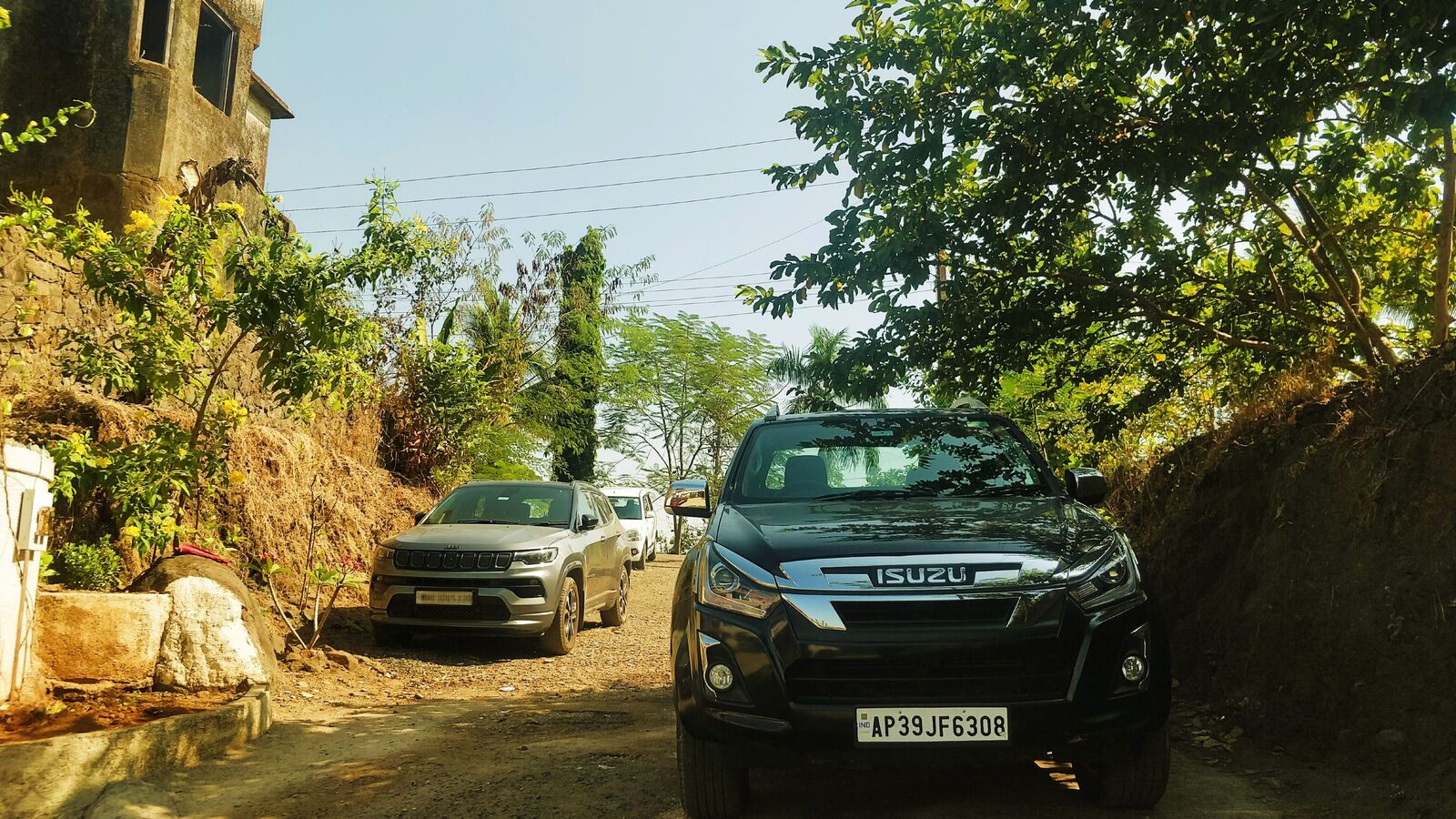SUVs in India see a double dose of growth: 23 per cent more sold, 16 per cent higher price tags, leading to a 39 per cent value surge of the overall v
…
The Indian automobile industry witnessed a significant shift in financial year 2023-24, driven by a surge in demand for high-value vehicles, particularly SUVs. A report by Primus Partners reveals a 19 per cent growth in the industry’s value, reaching ₹10.22 lakh crore, despite only a modest 10 per cent volume increase.
The Indian auto industry’s value growth is fueled by a interesting trend within the SUV segment. This segment has witnessed a double dose of growth: a 23 per cent rise in volume and a 16 per cent increase in price, translating to a 39 per cent jump in overall value.
A closer look reveals several factors contributing to this phenomenon. Firstly, rising input costs have likely pushed up prices across the market, impacting SUVs as well. Secondly, there’s a clear shift in consumer preference towards premium SUVs within the segment itself.
This is further amplified by the growing popularity of hybrid and automatic transmission options, which are often associated with higher value vehicles. Additionally, features like sunroofs are becoming a sought-after perk, adding to the perceived value proposition of SUVs.
Also Read : With SUVs in vogue, fuel demand surges adding 20% to energy emissions growth
Finally, the nascent electric vehicle (EV) market within the SUV segment is also playing a role, with these vehicles commanding a premium price tag. These combined factors paint a picture of an SUV market that’s not only growing in volume but also commanding higher prices, ultimately driving the overall value growth of the Indian auto industry.
Anurag Singh, Managing Director of Primus Partners, emphasises India’s unique position in the global automotive landscape. “India is bypassing lower-priced products and focusing on feature-rich, higher-priced vehicles,” he stated. This transformation is driven by a combination of evolving consumer preferences and a robust Indian economy. Notably, SUVs have become the preferred choice for a majority of Indian car buyers.
Story with other segments
This trend stands in stark contrast to the passenger vehicle (PV) segment, which experienced a 9 per cent volume decline and a 4 per cent value drop. This again suggests a shift in consumer preference towards SUVs, even if it means a slight price increase.
Also Read : Auto retail witnessed bloodbath in May, sales down 55%: FADA
The two-wheeler segment, however, tells a different story. India witnessed a 10 per cent increase in two-wheeler volume and a 13 per cent value increase, solidifying its dominance in this category. Two-wheelers contribute a whopping 76 per cent to the industry’s volume but only 18 per cent to its value. This highlights the affordability and practicality that two-wheelers offer to the Indian market.
Road ahead
The report also highlights India’s strong position as a global automotive player. While it ranks third in terms of vehicle registrations behind China and the US, India’s value growth outpaces volume growth, indicating a shift towards higher-value vehicles.
(Upcoming cars in India)
Interestingly, the average price of a vehicle in India remains lower than in many developed nations. Additionally, India is the world’s number one producer of two-wheelers, with over 20 million units manufactured last year.
Looking forward, the report paints a positive picture for the Indian automobile industry. FY24 witnessed strong performance, capitalising on pent-up demand from the pandemic period and easing supply chain constraints. As India continues to prioritise feature-rich and high-value vehicles, the industry is poised for further growth and transformation.
First Published Date: 20 Jun 2024, 09:31 AM IST

